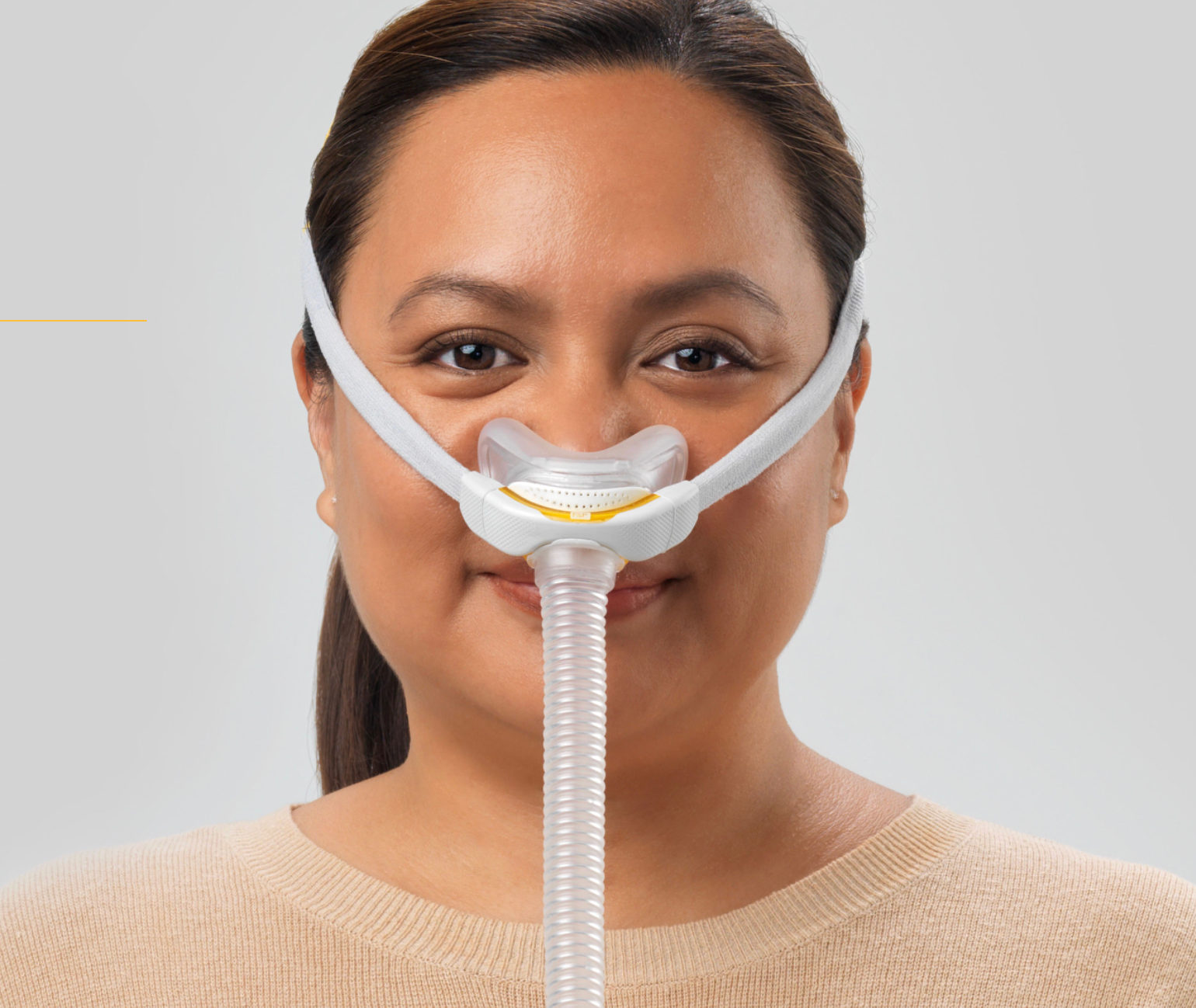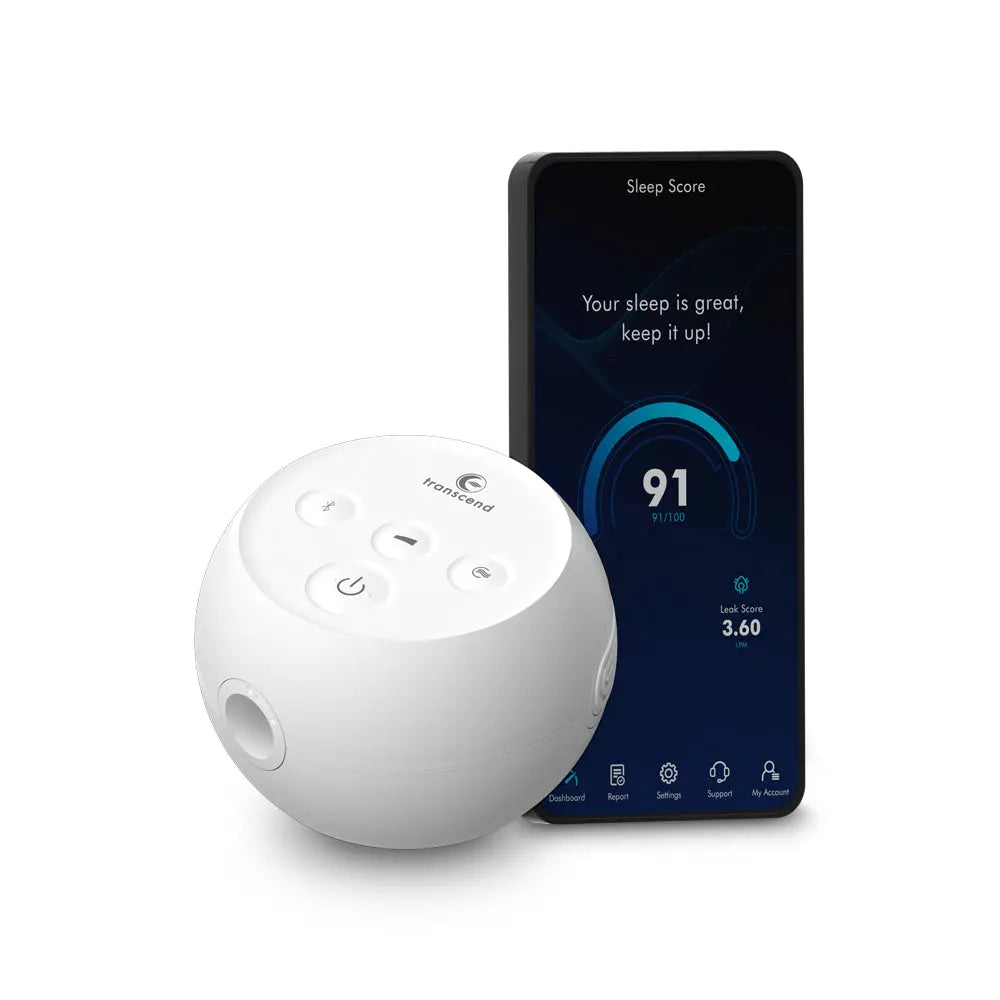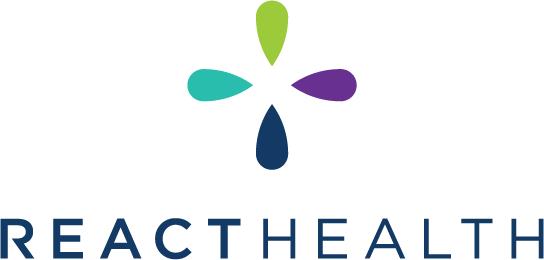The Impact of PFAS on Sleep: How Chemical Exposure Disrupts Your Rest
Per- and polyfluoroalkyl substances (PFAS) are a group of man-made chemicals used in a variety of products due to their durability and resistance to heat, oil, and water. While this makes them effective in manufacturing, their persistence in the environment and the human body poses significant health risks. One area of growing concern is their effect on sleep quality. A recent study sheds light on how exposure to specific PFAS compounds like PFOS, PFDA, PFHxS, and PFOA could disrupt sleep patterns by interfering with metabolic and immune functions.
What are PFAS?
PFAS chemicals have been used since the 1950s in a range of products like non-stick cookware, waterproof clothing, and food packaging. Due to their resistance to breaking down, they are often referred to as "forever chemicals" because they accumulate in the environment and in the human body. Over time, high levels of exposure to PFAS have been linked to numerous health issues such as cancer, liver damage, and now, disrupted sleep.
The Study's Findings: PFAS and Sleep Disruption
The research focused on four specific PFAS chemicals—PFOS, PFDA, PFHxS, and PFOA—and their impact on sleep patterns. Here’s a breakdown of the key findings:
-
Sleep Duration: People exposed to higher levels of PFDA, PFHxS, and PFOA were found to sleep less, with the study revealing reductions in sleep duration by about 0.39 hours (approximately 23 minutes) per night for individuals in the highest exposure groups. This may not seem like much, but over time, it adds up to significant sleep deprivation.
-
Sleep Disturbances: PFOS exposure, in particular, was associated with increased sleep disturbances. Participants reported more frequent awakenings, difficulty falling asleep, and poor-quality sleep. PFOS exposure was also linked to daytime impairments like fatigue, irritability, and mood changes.
-
Biological Pathways Affected: The study also took a closer look at how PFAS chemicals interfere with the body's biological systems. Using advanced proteomic analysis, researchers identified proteins related to immune response, metabolic regulation, and inflammation that were affected by PFAS exposure. Proteins like HSD11B1, which is involved in the regulation of glucocorticoids (hormones that affect sleep-wake cycles), were shown to mediate the impact of PFAS on sleep.
Mechanisms of Sleep Disruption
The study suggests that PFAS disrupt sleep by interfering with several critical biological pathways. These include:
-
Immune System Modulation: Certain PFAS chemicals are known to affect proteins related to immune function, such as IL6ST (Interleukin-6 signal transducer) and CTSB (Cathepsin B), both of which have roles in the body’s inflammatory response. Chronic inflammation has long been associated with sleep disturbances, making this pathway one of the main reasons for PFAS-induced sleep issues.
-
Glucocorticoid Disruption: Glucocorticoids are steroid hormones that play a crucial role in regulating stress and the sleep-wake cycle. The study identified disruptions in the HSD11B1 protein, which regulates glucocorticoid activity. This disruption could explain how PFAS exposure increases stress hormones that lead to difficulties falling and staying asleep.
-
Metabolic Disruption: PFAS chemicals are also linked to metabolic disturbances. The study found that certain proteins related to metabolism were altered in individuals exposed to high levels of PFAS. Since poor sleep and metabolic issues often go hand-in-hand, this could be another mechanism through which PFAS reduce sleep quality.
Implications for Public Health
Given that sleep plays a critical role in overall health—affecting everything from cognitive function to metabolic regulation—these findings highlight the importance of reducing PFAS exposure. Sleep disturbances are linked to an increased risk of chronic conditions like obesity, cardiovascular disease, and mental health disorders, which means that the impact of PFAS on sleep could contribute to a host of long-term health issues.
Future Directions and Recommendations
While this study makes important strides in understanding how PFAS exposure disrupts sleep, further research is needed to confirm these findings and explore additional pathways through which PFAS may affect rest. Long-term epidemiological studies will be essential to establish the full impact of PFAS on sleep health, particularly in vulnerable populations like children and the elderly.
For now, reducing exposure to PFAS chemicals is a critical public health measure. Governments and regulatory agencies should prioritize stricter limits on PFAS in consumer products and work toward cleaning up contaminated water sources. Meanwhile, individuals can take steps to limit their exposure by avoiding products known to contain PFAS, such as certain non-stick cookware, water-resistant clothing, and fast food packaging.
Conclusion
The study offers compelling evidence that exposure to PFAS chemicals disrupts sleep by affecting immune, metabolic, and hormonal pathways. As these "forever chemicals" continue to persist in the environment, understanding their full impact on sleep and other health outcomes is more important than ever. Addressing this issue through regulatory actions and public awareness can help mitigate the long-term health risks associated with PFAS.
By staying informed and advocating for cleaner environments, we can protect not only our sleep but also our overall well-being from the hidden dangers of PFAS.
Grandjean, P., & Clapp, R. (2021). Perfluorinated Chemicals and Human Health: Epidemiologic Evidence. Annual Review of Public Health, 42(1), 223-237. https://doi.org/10.1146/annurev-publhealth-090419-103510.
Sunderland, E. M., Hu, X. C., Dassuncao, C., Tokranov, A. K., Wagner, C. C., & Allen, J. G. (2019). A Review of the Pathways of Human Exposure to Poly- and Perfluoroalkyl Substances (PFASs) and Present Understanding of Health Effects. Journal of Exposure Science & Environmental Epidemiology, 29(2), 131-147. https://doi.org/10.1038/s41370-018-0094-1.
Barry, V., Winquist, A., & Steenland, K. (2013). Perfluorooctanoic Acid (PFOA) Exposures and Incident Cancers among Adults Living Near a Chemical Plant. Environmental Health Perspectives, 121(11-12), 1313-1318. https://doi.org/10.1289/ehp.1306615.
Agency for Toxic Substances and Disease Registry (ATSDR). (2022). Toxicological Profile for Perfluoroalkyls. U.S. Department of Health and Human Services. https://www.atsdr.cdc.gov/toxprofiles/tp200.pdf.
Grandjean, P., Heilmann, C., Weihe, P., Nielsen, F., Mogensen, U. B., Timmermann, C., & Budtz-Jørgensen, E. (2017). Estimated Exposures to Perfluorinated Compounds in Infancy Predict Attenuated Vaccine Antibody Concentrations at Age 5-Years. Journal of Immunotoxicology, 14(1), 188-195. https://doi.org/10.1080/1547691X.2017.1360968.








Leave a comment
This site is protected by hCaptcha and the hCaptcha Privacy Policy and Terms of Service apply.